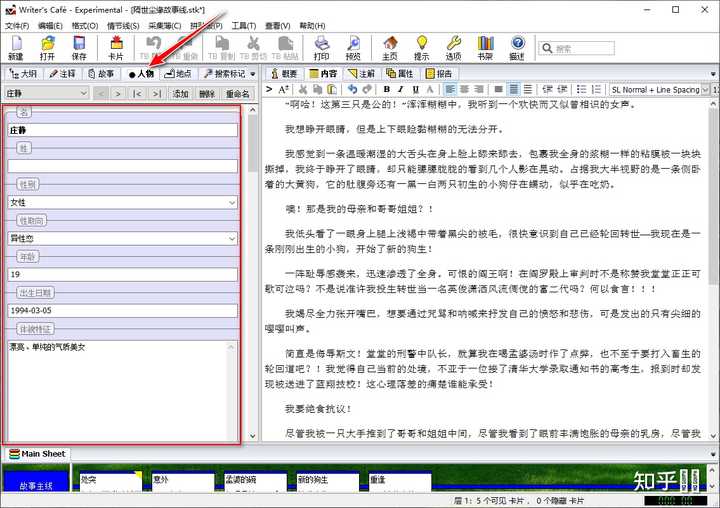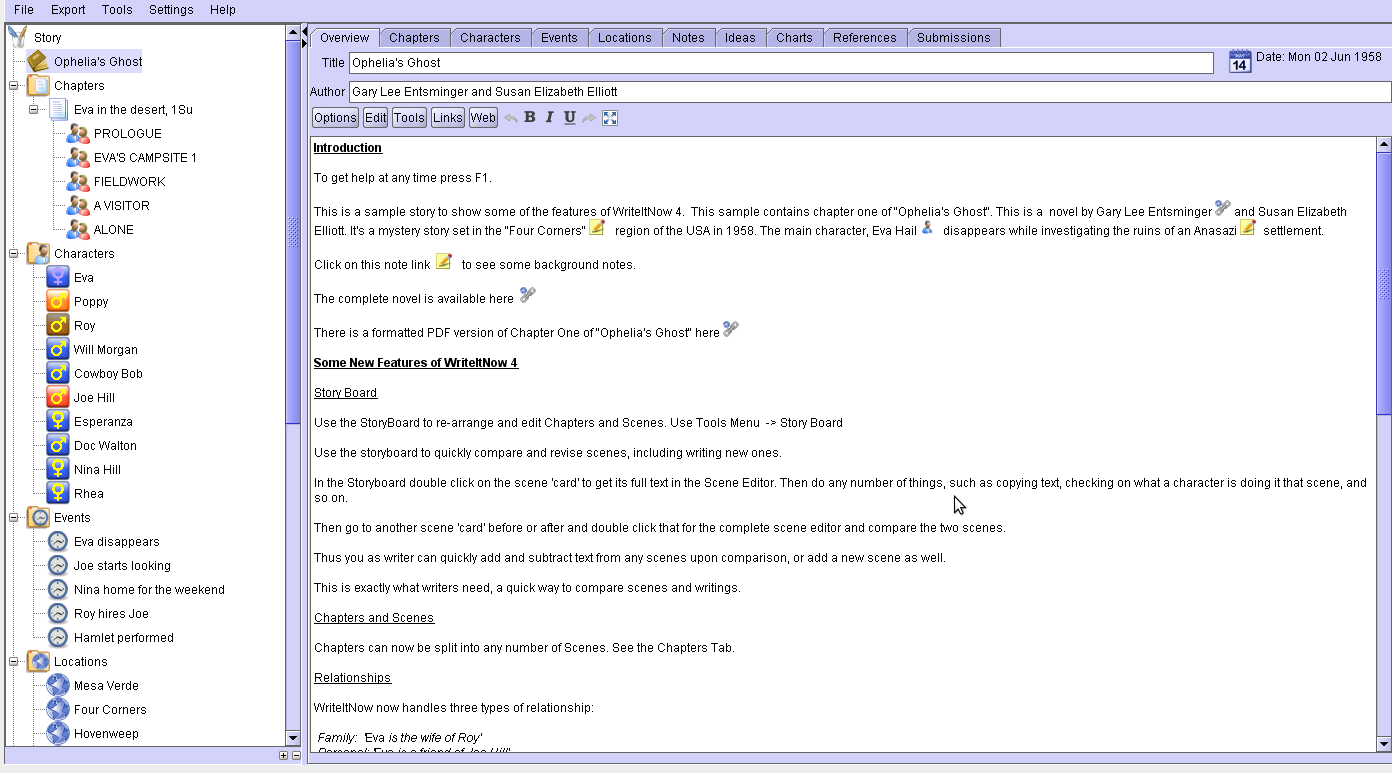

The best thing about FastPencil is you don’t need to download the software because it is available in the cloud. The best writing software has to let you be unique in your own way. You can correct different errors such as spelling, readability, and cliché issues and write a great mistakes-free book.

The writing section contains your story divided by chapters if needed. in the background section so that you can go there any time you need to check your plot or add some info to the text. You can keep all the info about your story such as characters’ history, settings, props, ideas, charts, etc. The program has two sections: one for the background details about your book and another for the writing itself. WriteItNow keeps all the background information that you need to write in one place. This Book Writing Software is designed in such a way that creating texts becomes effective for writers, especially for beginners. This software has an easy-to-manage interface which makes your writing effective. WriteItNow really helps you to shape the idea of writing a story you have been thinking about. See also: 7 Best Technical Writing Certifications To Do In 2021 WriteItNow In the end, you can get a firm base to create your masterpiece. The guys there can come up with the plot, characters, and settings. They even remember to check for plagiarism and grammatical mistakes before submitting the final document. Here you can order the assistance of different levels such as outlining your work. PhD Essay can come in very handy if you need to help with your short stories or essays. This service is also very useful if you are out of ideas at all. This software is available for Windows, Mac, and Linux computers, so try it out. The best software for writing a book and completing it. You can also set daily goals for more efficient writing. Moreover, it offers a spelling check and different themes. It doesn’t totally hide everything on your computer it all just vanishes in the background and you can access anything you need when you need it. Unlike other similar apps, it has several distinctive features. It arranges a distraction-free environment for you to create your masterpiece. In this last case you can actually leave out the streams (and use t for format) because they are the defaults: still it is probably better to be explicit.į3 is probably better, since prompting and reading is what *query-io* is for.This Book Writing Software is another great app for writing. If you want to prompt on *standard-output* and read from *standard-input* then: (defun f4 (prompt) If you want to prompt and read from *query-io* you do it like this: (defun f3 (prompt) In particular never make assumptions that output written to some stream appears at any given point 'on its own' or 'after a newline', or anything like that.

returns the result of reading that line.writes the prompt to *query-io*, which means that at some future time it may appear on whatever *query-io* points at.So in your first function you are doing something equivalent to what I assume is this: (defun f1 (prompt)



 0 kommentar(er)
0 kommentar(er)
